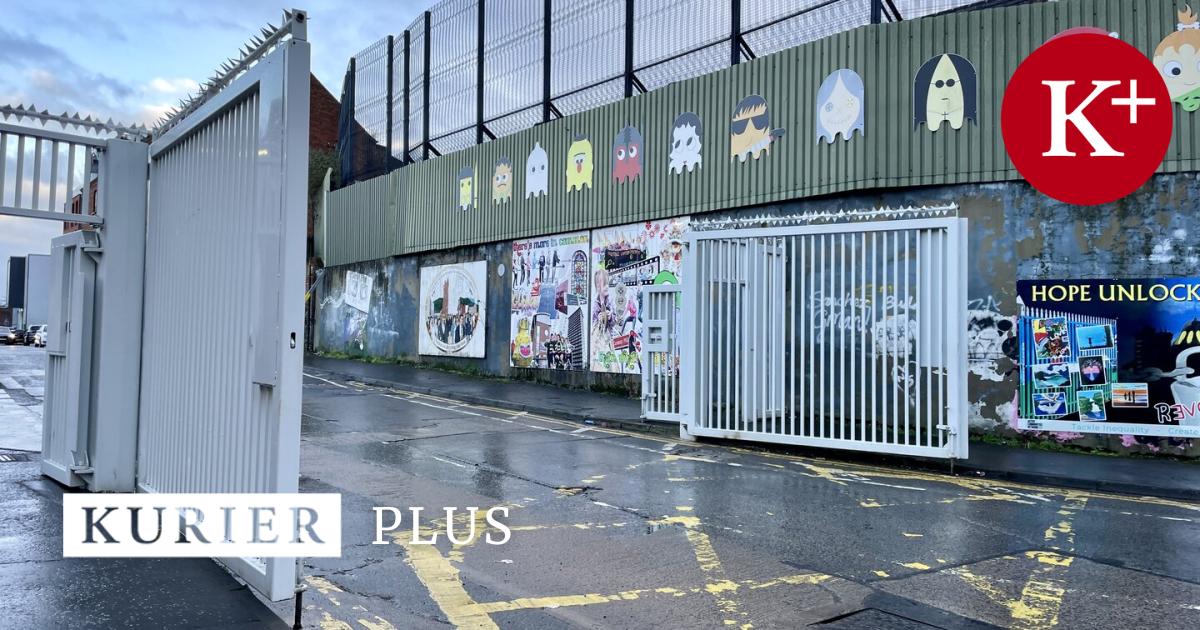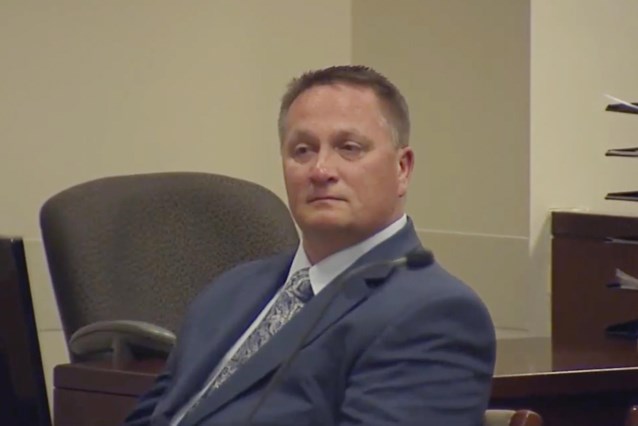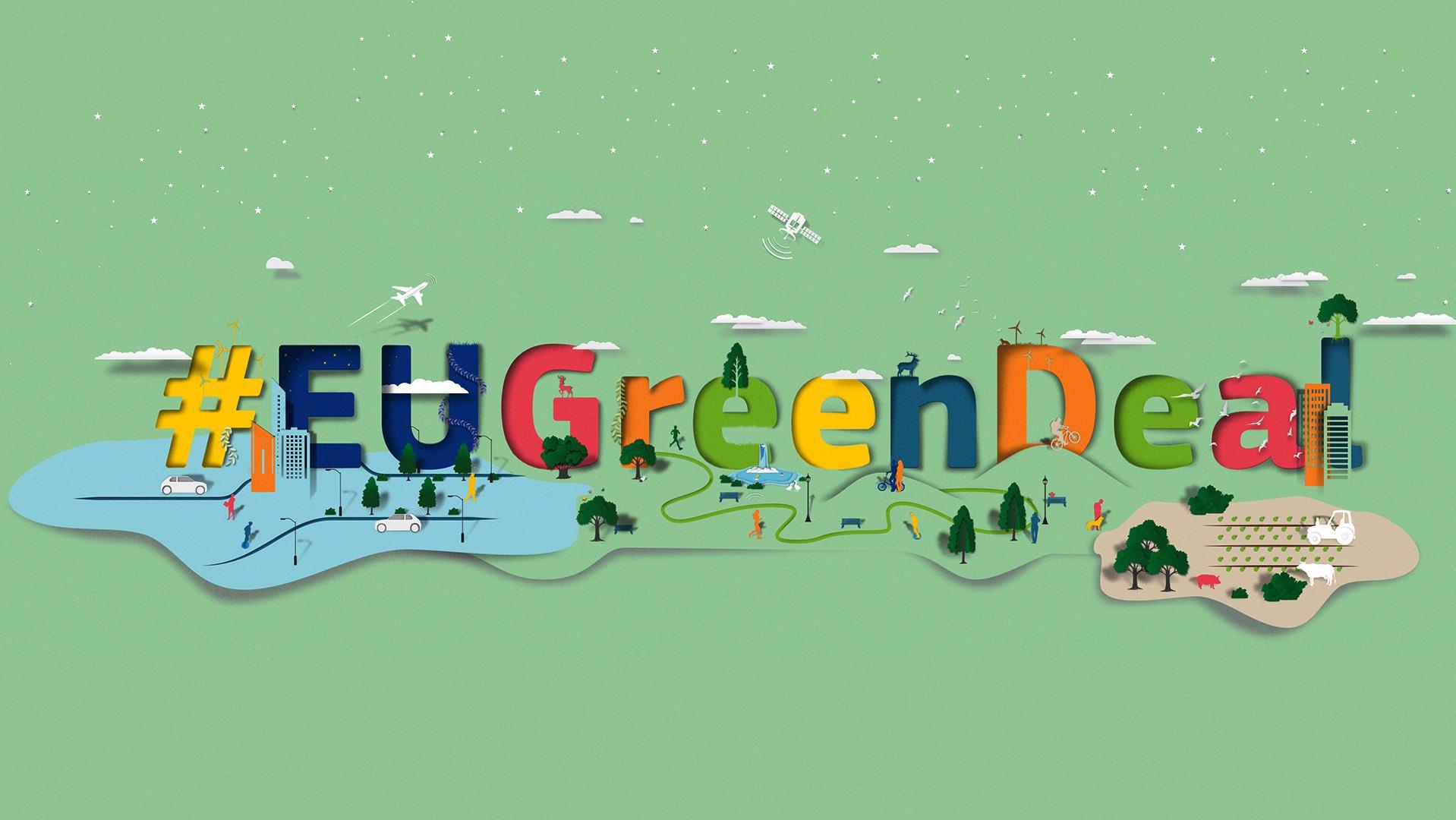
Jim White was 14 years old when he lost his best friend because of an eight-meter high wall that separated Belfast’s Protestant north from the Catholic west. Now, at 69 years old, Jim prefers not to revisit the once-notorious Catholic Springfield Road in west Belfast, despite acknowledging that a lot has changed since the troubles. He still values the Peace Wall gate on North Howard Street being closed overnight as a precaution.
Half a kilometer away from Jim, Michael Culbert works with his association Coiste, offering political tours along the Peace Wall. Culbert, a former IRA member, has taken around 16,000 people to central points in Belfast to explore the history of the paramilitary. He aims to make things visible and stand up for politically condemned people like himself. Culbert joined the IRA at 23 after witnessing Bloody Sunday, a pivotal moment that led to his involvement in the conflict.
Tour guide James Ellison leads tours through Belfast’s conflict hotspots, sharing stories of pivotal events like the Abercorn Restaurant bombing and the emergence of spaces where young Protestants and Catholics could socialize together. Despite Belfast’s dark legacy, tourism in Northern Ireland has thrived since 1998, surpassing a billion euros in revenue. However, Ellison emphasizes that peace remains fragile, as evidenced by recent incidents of violence related to Brexit concerns.
While older generations remember Northern Ireland’s turbulent history, younger residents like Gemma Gabbie and a group of teenagers are more focused on moving forward. Gabbie believes that the Good Friday Agreement has served its purpose while advocating for longer opening hours for Gates of Peace to bridge communities in Belfast. The future of Northern Ireland rests on balancing its troubled past with hope for a peaceful future where walls no longer separate friends.





